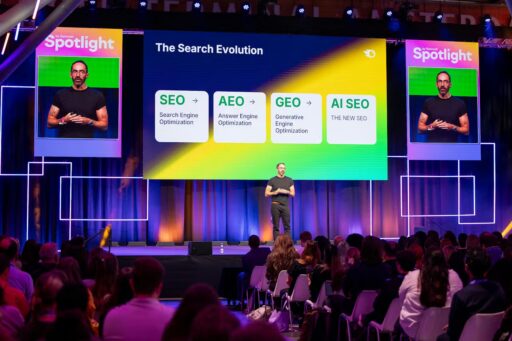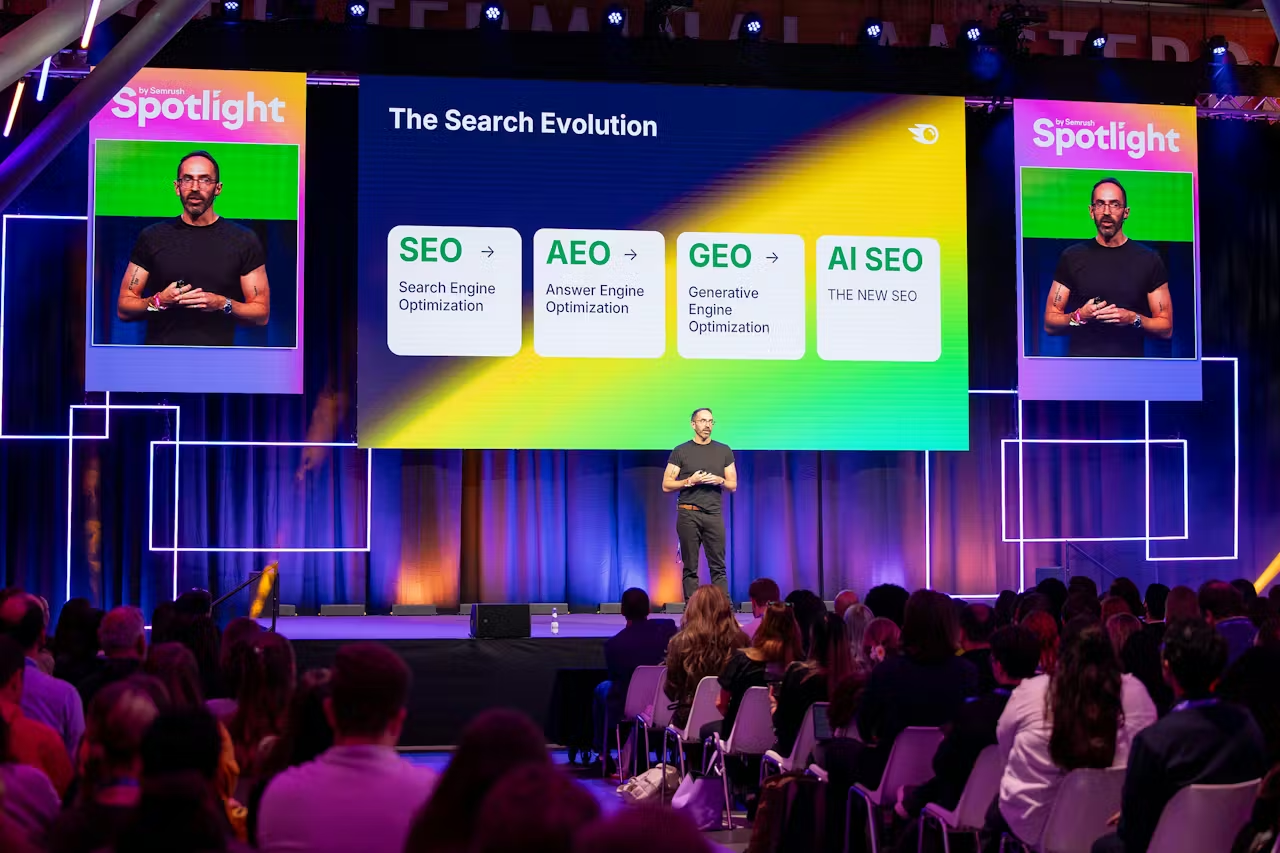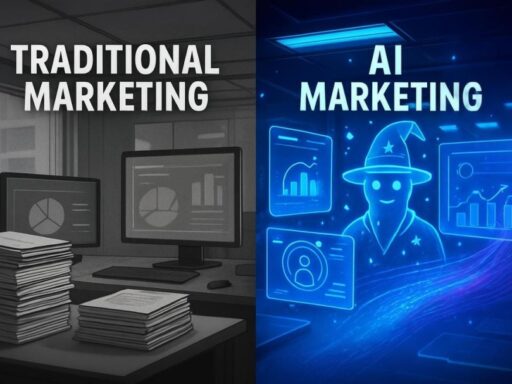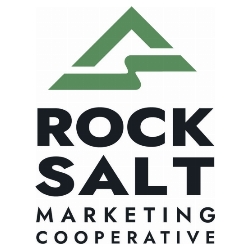Fresh from Semrush’s Spotlight conference and a rash of agency ‘GEO’ announcements, we dig into the future of a bullish medium.
A few weeks ago, a couple of things happened within a few hours of each other that encapsulate the moment for people thinking about the future of search engine marketing.
The first: Semrush Spotlight opened its doors, with search’s top thinkers and practitioners flooding to Amsterdam to mark and strategize around what Semrush’s CMO Andrew Warden described to The Drum as “The single biggest, most interesting moment for digital marketers since Google started itself”.
• Semrush Spotlight in brief: Key takeaways
The second: OpenAI, the company behind ChatGPT, completed its shift to being a for-profit company, leaving an open path to both a stock market debut and commercialization, including – possibly – ads.
The latter, inevitably, was a hot topic at the former as SEOs all over the world acclimatize themselves to a new landscape of search remade by AI. With ChatGPT closing in on a billion weekly users, the introduction of paid ad units would be one of digital marketing’s major milestones – and another thing for search experts to wrap their heads around quickly in an already fluid marketplace.
Where we are today: Generative boom, traffic dips, a new funnel
James McCormick, senior research director at IDC, laid out the intelligence platform’s findings on the pace of change around AI search: 34% of us now use generative AI tools daily (and another 37% weekly), with 73% of us having come to the technology within the last two years.
All in, that makes for a 1,500% increase in generative search traffic in the last year.
For publishers and brand sites alike, this growth in generative search, alongside ‘zero-click’ measures on ‘traditional’ search providers like Google, has led to an increase in search queries finishing up off-site. (Just this month, WARC released research that found only 11% of marketers “not particularly worried” about the impact of AI on search, with most working on AI search strategies and 24% shifting from SEO to GEO).
Want to go deeper? Ask The Drum
The upshot for many: falling traffic to owned channels.
The news isn’t all bad, says McCormick: while some sites are posting visitor dips as high as 25%, many are seeing “fewer visitors, but higher quality visitors,” with those who do arrive on-site coming with more knowledge and intent.
It’s a glimmer of hope among what have for many digital marketers been hard-to-navigate times – but even that good news contains a challenge, says McCormick: it explodes the ‘traditional’ user journey that digital marketers have relied on for so long. “With this fragmented approach to our funnel… what does performance look like?” he asks.
GEO, GSO, or AI SEO?
AI optimism is balanced wherever it goes against concerns of ‘slop’ and ‘enshittification’: fears of a deluge of uninspired content drowning out the good.
Those concerns are well-founded, says McCormick: IDC estimates that by 2027, 57% of campaigns will experience “AI content homogeneity” and only 22% of brands will “master visibility in both humans in machines”.
The latter – mastering visibility among machines – has thus ridden to the top of the priority list for search experts preparing for an AI (not to mention agentic) future. McMormick says he hopes it triggers an era of “digital brand existentialism” – where brands are required to really consider their place in the digital ecosystem and what they offer.
For McMormick, the path ahead is clear: while “SEO isn’t going away,” “it will be one of the core tenets of your GEO strategy going forward… GEO is a cross-function discipline spanning digital, IT, content and analytics”.
GEO – ‘generative engine optimization’ – has quickly emerged as one candidate for what to call this new paradigm in search, with plenty of GEO shops and offerings popping up in agencyland this year. The paradigm’s still fresh enough, though, that there’s still room for debate about what to call this emerging, over-arching discipline. Semrush’s Warden prefers “AI SEO”; WPP Media’s global vice-president for SEO, Teddie Cowell, prefers GSO – “generative and search optimization”.
An exciting time to be an SEO?
Whatever we end up calling it, Cowell says, the key is to understand that AI has “reshaped where brand preference is built,” replacing the narrow question of “How do we rank on Google?” with the much wider “How do we show up where customers are?”
That (expanded) skillset of the SEO/GEO/GSO, Cowell says, is “an extension of search, not a replacement of it,” and it’s moving right to the center of modern brand-building, demanding a new organizational setup to mirror the new era of search. “Success in this new landscape is a multi-team environment,” he says – one in which search can’t avoid playing nice with content, social, PR and paid media if it’s to perform. “We simply don’t see them as separate tasks”.
That positive impact on the search discipline’s integration into the wider marketing ecosystem, Cowell says, comes down to how voracious AI search is: it pulls information from everywhere it can, meaning that coming out on top means supplying good food for it, wherever it looks. “The wake up call for a lot of people has been the way that AIs work, because of how they pull content from all the different platforms. It’s a good thing because you’ve often had paid search and SEO teams with conflicting KPIs and budgets. Content teams want to go off and do their own campaigns, not integrated with what everyone else is working on. It’s just a really good time to bring it all together and truly think about good digital marketing and how it should be integrated and drive maximum value from every piece of activity”.
Semrush’s Andrew Warden agrees: “Marketers love a good drama. They love to say SEO’s dead, 10 years in a row. It’s not. It’s stronger than ever… SEOs’ jobs just got more interesting”. Where some see disruption, he says, smart SEOs will see opportunity to impact more (and it’s something Semrush would like to help them with – on the day of the conference, it launched Semrush One, a single product offering “total visibility” across AI and traditional search).
“A lot of marketers are frozen,” Warden says. “This is a moment to really wake up. Marketers like to grow. This is a huge opportunity, not just for SEOs, but for marketing generally. For marketers, this should be like candyland.”







